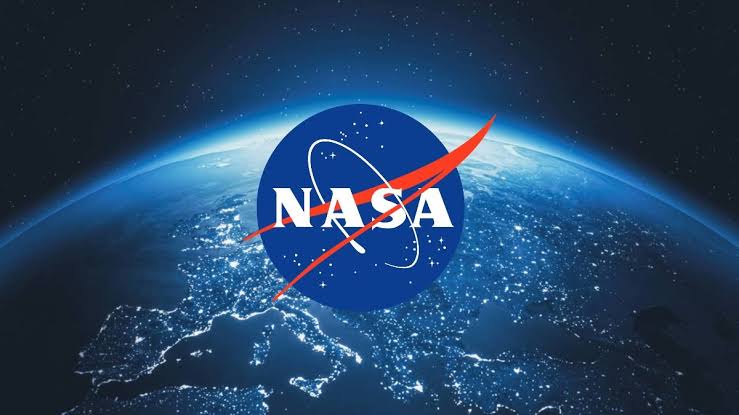Washington DC, July 10— At least 2,145 senior-ranking employees at NASA are preparing to exit the agency, as the Trump administration pushes forward with plans to reduce federal spending and streamline government operations, Politico reported on Wednesday, citing documents it reviewed.
The looming departures are tied to the administration’s proposed budget cuts for NASA, which could slash nearly 25% of the agency’s funding and jeopardize critical space exploration missions.
The news follows a letter from the Executive Office of the U.S. President sent in early May to Senator Susan Collins, Chair of the Senate Appropriations Committee. Dated May 2, 2025, the letter outlined President Trump’s recommendations for discretionary spending levels in the 2026 fiscal year, following a thorough review of 2025 expenditures.
Trump’s proposal targets reductions across eight of NASA’s nine key funding areas, including space science, mission support, earth science, legacy human exploration systems, space technology, the International Space Station, aeronautics, and the Office of STEM. The administration’s stated aim is to reduce the size and cost of the federal government, with NASA as one of the significant agencies affected.
The cuts would involve measures such as scaling back funding for climate monitoring satellites, phasing out the Space Launch System rocket and Orion crew capsule, and reducing crewed and cargo missions to the International Space Station. The administration also cited intentions to cut spending on what it described as “woke STEM programming and research.”
NASA plans to implement the reductions through strategies like early retirements, buyouts, and deferred resignations. However, the potential loss of experienced personnel has sparked concerns about the agency’s ability to maintain its critical missions and technical expertise.
Politico reported that the anticipated departures include employees in GS-13 to GS-15 roles senior federal positions often held by individuals with specialized technical expertise or significant managerial responsibilities. Of those, 875 are GS-15 employees, representing the highest levels of NASA’s civil service. Many of these professionals play essential roles in core mission areas such as science, human spaceflight, IT, facilities management, and finance.
“You’re losing the managerial and core technical expertise of the agency,” said Casey Dreier, chief of space policy at The Planetary Society, speaking to Politico. “What’s the strategy, and what do we hope to achieve here?”
The proposed cuts come amid the White House’s broader 2026 budget, which, if enacted, would reduce NASA’s workforce by over 5,000 employees. Such reductions would leave NASA operating with its smallest budget and staffing levels since the early 1960s, Politico noted.
The cuts would affect all ten of NASA’s regional centers, potentially undermining key programs, including plans to return astronauts to the Moon by mid-2027 and eventually send humans to Mars.
Despite the financial challenges, NASA remains committed to its objectives. “NASA remains committed to our mission as we work within a more prioritised budget,” said NASA spokesperson Bethany Stevens. “We are working closely with the Administration to ensure that America continues to lead the way in space exploration, advancing progress on key goals, including the Moon and Mars,” Politico reported.
Politico further reported that 2,694 civil servants have already left NASA—roughly half of the total cuts envisioned by the White House. Should voluntary departures fall short, involuntary layoffs could follow after the deferred resignation program concludes on July 25.
The White House’s budget proposals are not yet law and face potential resistance in Congress. The Senate Commerce Committee, which oversees NASA, has already signaled support for maintaining staffing levels in legislation introduced in March.
Nonetheless, even if Congress ultimately blocks the proposed cuts, there is concern that NASA may struggle to attract back the talent it loses. Many of its skilled employees could find higher-paying opportunities in the expanding commercial space industry or pivot to other sectors, such as robotics, where their expertise remains highly valued.
Over 2,000 Senior NASA Employees Set to Depart Amid Trump Administration’s Budget Cuts, Raising Concerns for Future Missions

